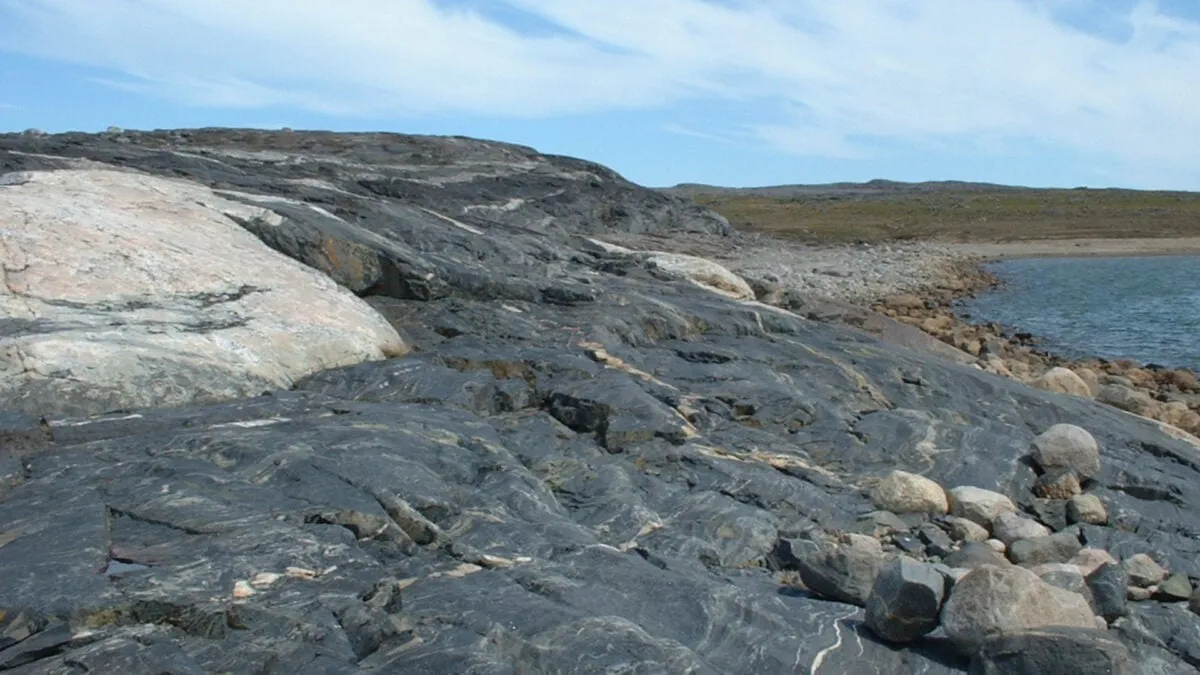
Earth's surface is in a constant state of flux due to the movement of its tectonic plates. This dynamic activity causes the planet's crust to be continuously recycled, making rocks and minerals that date back to the Hadean Eon exceptionally rare. For geologists, this scarcity is a source of frustration, as Hadean rocks—defined as those older than 4.03 billion years—could offer invaluable information about the initial geological phases of Earth's 4.5-billion-year history.
In a pivotal study published in the journal Early Earth, researchers from Canada and France have proposed that the Nuvvuagittuq Greenstone Belt (NGB), located in northeastern Canada, may harbor Hadean rocks that date back approximately 4.16 billion years. While this new date diverges from previous and controversial assessments that suggested NGB rocks could be as old as 4.3 billion years, it strengthens the overarching theory that this rock formation contains remnants of the planet's earliest crust.
If the findings of this study are validated, they could have profound implications for our comprehension of Earth's ancient history. As noted in the research, “Many questions remain regarding Earth’s earliest crust owing to the rarity of Hadean (>4.03 billion-year-old) rocks and minerals. The Nuvvuagittuq Greenstone Belt (NGB) in Canada may be the only known remnant of Hadean crust, although its age is debated, ranging from ≥3.75 to 4.3 billion years old,” explained the team, including Jonathan O’Neil, a professor in the Department of Earth and Environmental Sciences at the University of Ottawa.
One of the primary techniques used to date rocks is radiometric dating, which involves assessing the radioactive decay of isotopes—different variants of chemical elements. The assertion that some NGB rocks could be as ancient as 4.3 billion years is contentious. Some researchers argue that the isotopic data underpinning this estimate may actually stem from “later geological mixing processes,” rather than reflecting the rocks' true age, according to statements from the American Association for the Advancement of Science.
In their recent study, O’Neil and his collaborators focused on ancient rocks in the NGB known as metagabbroic intrusions. These intrusions are characterized by their interruption of older basaltic rocks, which the researchers believe allowed them to perform a combination of isotopic analyses that revealed a minimum age for the older material. Specifically, data involving the decay of samarium isotopes into neodymium isotopes consistently indicated that these rocks are at least 4.16 billion years old.
The research surrounding the Nuvvuagittuq Greenstone Belt continues to evolve, shedding light on the enigmatic Hadean Eon and the early formation of Earth. With ongoing investigations, scientists hope to unlock further secrets hidden within these ancient rocks, providing a clearer understanding of our planet's formative years.